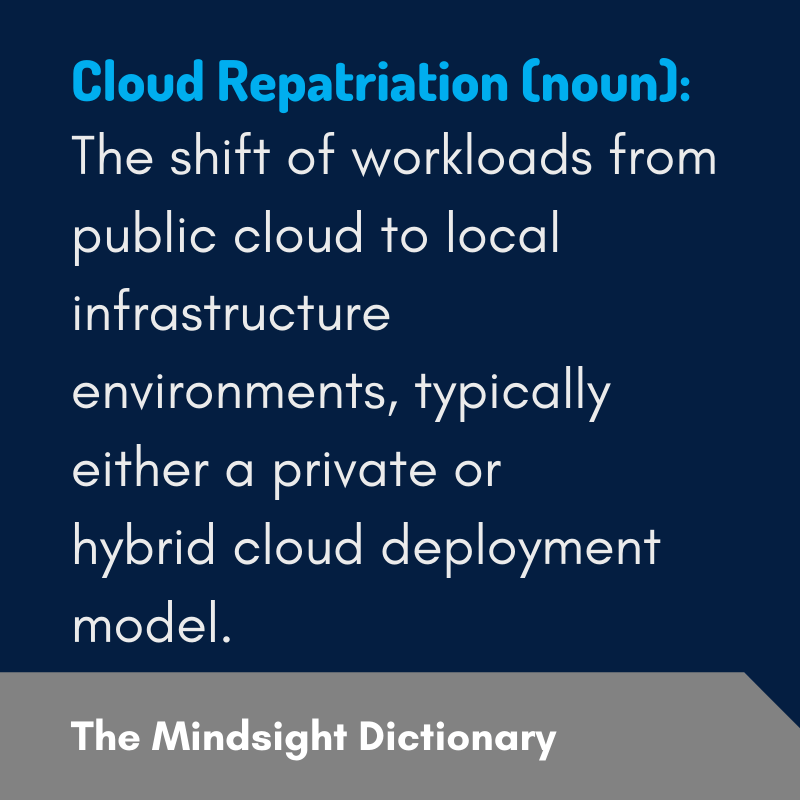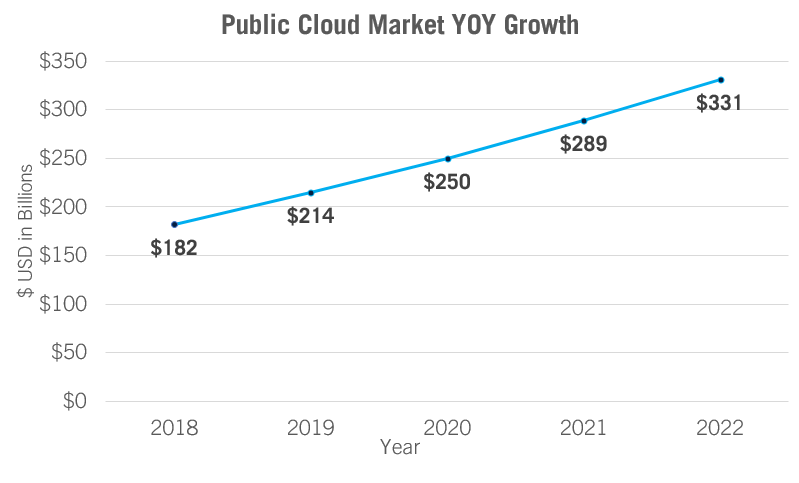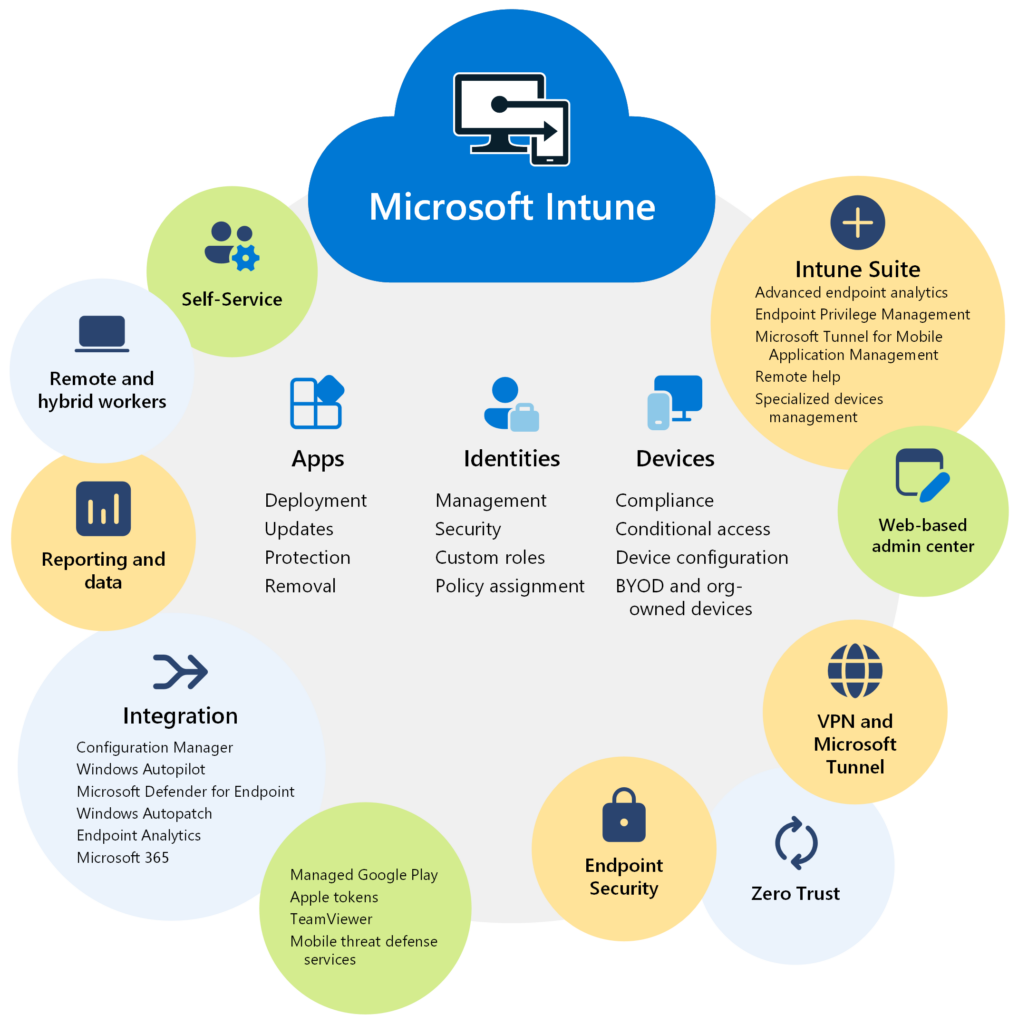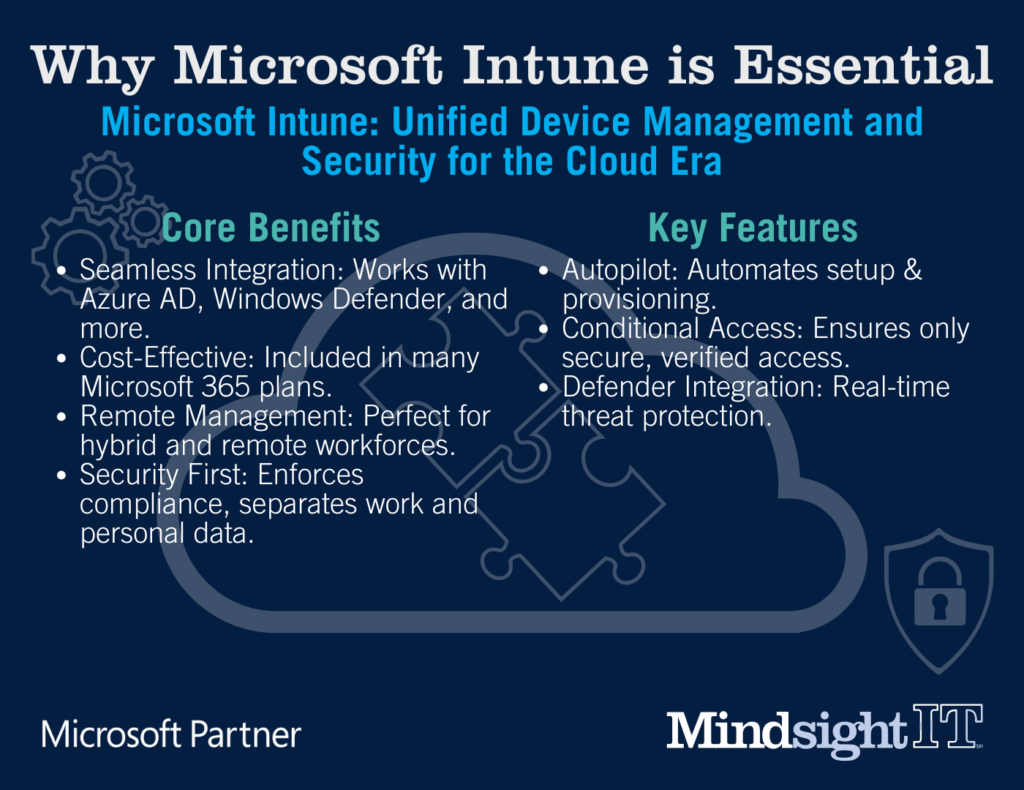November 26, 2019 by Siobhan Climer and Mike Czerniak
The public cloud market is growing. In a recent report, Gartner explains that the worldwide public cloud service market is expected to grow from $182.4 billion in 2018 to $331.2 billion by 2022, making anticipated growth over 55%.
At the same time, the IDC Cloud and AI Adoption Survey of 2018 indicates that 80% of customers are repatriating workloads from public cloud environments.
This leads to some interesting questions. How can both of these reports be true? Is cloud repatriation a real thing? And if so, why are companies engaging in cloud repatriation activities? Will they ever move back to the cloud?
Let’s dig in.
What Is Cloud Repatriation?
Technology analysts have been whispering about cloud repatriation since the beginning of 2018. In February of 2018, Morgan Stanley released a financial report indicating potential growth in the hardware market – predicting double-digit earnings growth in the remainder of 2018.
Besides its rather shocking claim that hardware would see an enormous resurgence – at the time every $1 in revenue growth for the largest cloud service had resulted in about $3 in revenue decline for the major legacy technology companies – Morgan Stanley noted that “one of the biggest detractors of growth hasn’t been the actual migration of computing to cloud, but rather decision-making around the cloud.”
This is precisely why cloud is a disruptor. It disrupted the natural technology lifecycles to which IT leaders had grown accustomed. The prediction by Morgan Stanley coincided with analysts predicting the rise of cloud repatriation.
 Those whispers and predictions have become tangible. In some high-profile examples, companies built on public cloud platforms – like Dropbox – migrated back on-premise from AWS, boosting internal growth and hardware sales.
Those whispers and predictions have become tangible. In some high-profile examples, companies built on public cloud platforms – like Dropbox – migrated back on-premise from AWS, boosting internal growth and hardware sales.
Cloud repatriation describes a shift away from the cloud and back to on-premise infrastructure. The finality of this shift is debatable, as are the motivations for repatriation. For some, repatriation is strategic – and temporary – as businesses seek to optimize their cloud and on-premise environments.
Others, however, are moving back on-premises for more complex reasons, often rooted in ill-constructed migration plans with poorly defined objectives.
As Mark Thiele, Executive Director at Edge Gravity by Ericsson, notes, “Cloud is the correct destination for the correct workload at the correct time with the proper organization and ownership plan.”
Why Are Businesses Engaging In Cloud Repatriation?
What is motivating businesses to engage in cloud repatriation? It turns out that a failure to define the business objective of a cloud migration combined with inadequate planning of the migration often leads to disappointment.
 In addition, the reality of a cloud deployment is sometimes so far off from what a business leader is promised, or an IT leader expects, that repatriation becomes an escape.
In addition, the reality of a cloud deployment is sometimes so far off from what a business leader is promised, or an IT leader expects, that repatriation becomes an escape.
Tim Crawford, strategic CIO advisor and host of the CIO In The Know (CIOitk) podcast says, “The real issue can be pointed to two points: 1) enterprise IT organizations are assuming cloud works just like their corporate data center, and 2) vendor marketing organizations are claiming how easy and less expensive cloud is.”
These foundational misconceptions lead to the cloud repatriation phenomenon we see today.
Lack Of Initial Planning
Migrating to the cloud without proper planning is one of the most common reasons companies experience less-than-ideal results once in the cloud. The increased threat surface area combined with costs attributed to poor migration planning lead many business back to their comfort zone.
 “The problem is that the disruption caused by the cloud leaves many businesses playing catch-up. Some jumped head-first to the cloud without doing any of the assessment and planning necessary to make the migration work,” says Mike Czerniak, Cloud Design and Deployment Leader at Mindsight.
“The problem is that the disruption caused by the cloud leaves many businesses playing catch-up. Some jumped head-first to the cloud without doing any of the assessment and planning necessary to make the migration work,” says Mike Czerniak, Cloud Design and Deployment Leader at Mindsight.
“Without purpose or planning, the cloud can be more expensive and less secure. Cloud repatriation is often the result of that poor initial roadmapping and botched migrations.”
Lift-And-Shift Migration Models
One common mistake is a “lift-and-shift” mentality – simply duplicate the environment and management of the on-premise environment in the cloud. Czerniak notes that “managing the cloud is different than managing an on-premise environment.”
 That’s why it is vital IT leaders “ensure your teams have defined levels of management and understand the complexity of cloud provider and business responsibility protocols.”
That’s why it is vital IT leaders “ensure your teams have defined levels of management and understand the complexity of cloud provider and business responsibility protocols.”
Crawford agrees. “Terms like lift-and-shift create problems. Moving to cloud is incredibly valuable for the right applications; however, there is work to be done before making the move.”
Identifying inter-dependencies and how applications interact with one another and the environment is no easy task – and are quickly exposed in a lift-and-shift model.
“Lifting and shifting an application to cloud exposes all the gaps in understanding, links, security, and performance issues in ways that are difficult to understand prior to the move. The very term lift-and-shift denotes a failure to plan or a reactionary move. You can’t expect regular success from reactionary modifications to complex systems,” says Thiele.
Costs, Security, And Strategy
Once in the cloud, IT leaders must reconcile the migration with incoming analysis and reports. Unfortunately, missteps in the assessment and migration planning mean the outcomes are not as ideal as once imagined.
 IT leaders are then forced to either reorganize cloud management to achieve the desired results – or repatriate.
IT leaders are then forced to either reorganize cloud management to achieve the desired results – or repatriate.
“Three possible elements at play [in cloud repatriation trends] are cost, security, and strategy. Companies may have overvalued the cost savings they would get from the cloud, they may be more leery after multiple data hacks to cloud servers, or they may feel that a more diversified cloud storage strategy fits their needs better,” says Joe Martin, Vice President of Marketing at Cloudapp.
Ed Featherston, Distinguished Cloud Technologist with Cloud Technology Partners, an HPE company, say, “When workloads are being moved back to on-premise, it is usually an indicator of workloads being moved to the cloud for the wrong reasons, mis-set expectations, poor planning and design, or a combination of all of the above.”
Organizations faced with increased costs and a need to justify their cloud strategy may engage in cloud repatriation. “Enterprises are leveraging the allure of cloud based on vendor marketing and a drive for a different model,” says Crawford. “Unfortunately, the enterprise often does not consider the changes needed to truly leverage the cloud in a meaningful way.”
Public Vs Private Vs Hybrid Cloud Deployments And Cloud Repatriation
To throw another wrench in the growing public cloud market coupled with self-reported cloud repatriation numbers, many organizations are migrating back from public cloud providers to hosted private clouds.
In the figure below, we illustrate this shift as reported by IDC.
IDC’s 2018 annual report supports the notion that security and costs are the top drivers for cloud repatriation, and that cloud repatriation is expected to grow.
The recently releases 2019 IDC Cloud Pulse survey supports the 2018 expectations; 85% of respondents are engaged in cloud repatriation activities. Security remains the top driver of this movement.
Yet these numbers also indicate the transience of these deployments. Perhaps, as many analysts have suggested, cloud repatriation is a temporary shift meant to improve cloud deployment optimization.
Migrate To The Cloud Intentionally
Almost all organizations have some aspect of their business – whether it’s a single application or their most critical workloads – in the cloud, and this isn’t likely to change.
“The key with cloud storage is to spend the time to understand all angles of the move, figure out what method is best for your business, and lastly to get all stakeholders on board and committed to the choice,” says Martin.
Using a methodology to optimize your journey to modern business computing is key. Assess your on-premise environment, migrate strategically while aligning to business goals, manage your cloud environment with dedicated resources, and optimize for cost and usage – that’s vital to a strategic cloud migration.
According to Featherson, the “rush to the cloud” meant many moved to the cloud is quickly as possible – without adequately assessing purpose. Featherston suggests asking two questions before beginning a cloud migration. “First, why are you moving that workload to the cloud? Second, does running that workload in the cloud actually make sense?”
In his experience, those that ask these questions prior to setting out on their cloud journey benefit most from moving to the cloud, whereas those that fail to ask they questions are more likely, in his words, to “crash and burn”.
“Cloud is still the single biggest opportunity for enterprises today,” says Crawford. “Yet, there is work needed to effectively leverage it.”
Like what you read?
Contact us today to discuss your cloud migration strategy.
About Mindsight
Mindsight is industry recognized for delivering secure IT solutions and thought leadership that address your infrastructure and communications needs. Our engineers are expert-level-only – and they’re the most respected and valued engineering team based in Chicago, serving emerging to enterprise organizations around the globe. That’s why clients trust Mindsight as an extension of their IT team.
Contact us at GoMindsight.com.
About The Authors
Mike Czerniak is the Cloud Practice Manager at Mindsight, an IT Services and Consulting firm located in the Chicago area. With 20 years of experience in information technology and the cloud, Mike has helped hundreds of organizations with architecting, implementing, and deploying cloud solutions. For the last 5 years, Mike has focused on providing Mindsight’s customers with guidance in approaching – and managing – the cloud. Mike is AWS, Microsoft Azure, VMware certified, and remains deeply invested in providing an agnostic, consultative voice for organizations on their cloud journey. In his free time, Mike enjoys biking with his 9-year old son, recently completing a 50-mile bike ride!
Siobhan Climer, Science and Technology Writer for Mindsight, writes about technology trends in education, healthcare, and business. She writes extensively about cybersecurity, disaster recovery, cloud services, backups, data storage, network infrastructure, and the contact center. When she’s not writing tech, she’s reading and writing fantasy, gardening, and exploring the world with her twin daughters. Find her on twitter @techtalksio.






